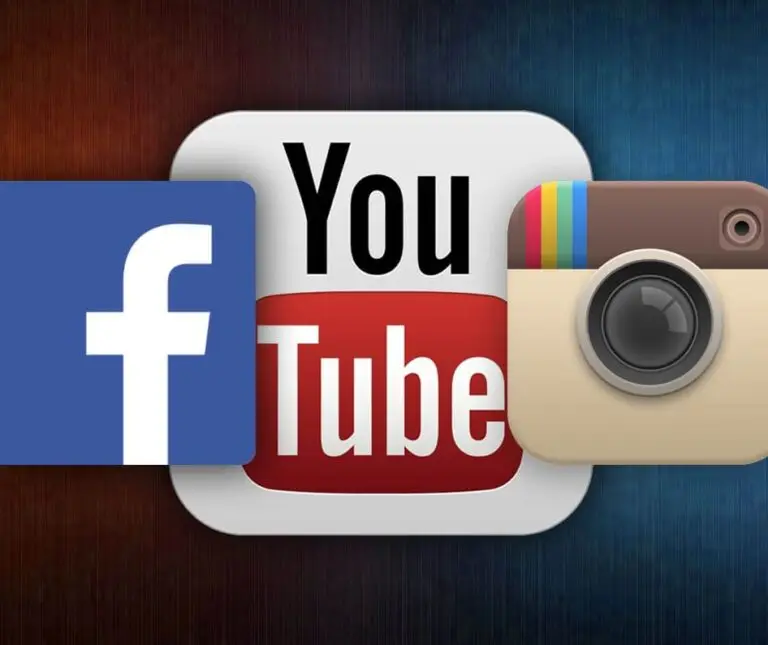If you want to make a video to promote your company or organization, you need to ask a lot of questions. What is the concept? What is the budget? Who is the audience? What is the core message? How long will it run? What is the call to action? All of these are important questions, but the most important may be: Where will it be seen?
Context encompasses several factors: the time and place of viewing, the screen size, and the mindset of your target viewer. Whether your video is intended for the homepage of your website, social media platforms, as a pre-roll advertisement, on television, or even before movie trailers, each scenario demands a specific approach. The decision of where your video will be seen shapes the strategy you should adopt: push or pull.
Push Video Strategy
In push marketing, the goal is to invade the consumers mind-space, pushing your message to people who wouldn’t otherwise request it. This is the essence of traditional advertising. You essentially interrupt the viewer with an ad that gets in the way of what they really want: To watch the show, read the article, or listen to the song. Here’s how it works across different media:
- Television Commercials: Captive audience during program breaks.
- Pre-roll and Sponsor Advertising on Video Sites: Like YouTube, these ads play before the viewer’s chosen video.
- Paid Featured Content on Social Media Feeds: Directly places videos in the midst of social browsing.
- Video Banner Ads: Embedded within websites and articles.
- Billboards & Digital Displays: Found in public spaces and at industry events.
When you are using video with a push marketing strategy, you are challenged with getting the viewers attention, and replacing whatever thought was occupying the viewers mind with something more interesting, funny, or entertaining.
Pull Video Strategy
In pull marketing, you have already gained your customers attention. The challenge now shifts to giving them what they want. If a customer is on your website, it usually isn’t by accident. They are there to research your company, your products or services, and ultimately to get their problems solved. It may not make sense to place a video of your 30 second ad with call to action to visit your website for more information, they are already on the website. It’s time to elaborate, educate, compare and tell engaging stories. Examples of pull video include:
- Company Profile Stories: Such as “About Us” videos that share your brand’s narrative.
- Product Walkthroughs and Demonstrations: Showcasing the use and benefits of your products.
- Tutorial, Training, and FAQ Videos: Providing valuable information that addresses specific needs.
- Recorded Conferences and Speaking Engagements: Highlighting thought leadership.
- Corporate News and Updates: Keeping viewers informed about what’s new with your brand.
Pull video strategy is not limited to videos on your website. Your Youtube channel or Facebook page may be a great place to post your pull videos. The people that see these posts are subscribers or fans of your brand, not innocent bystanders you paid to interrupt.
The Grey Area
As social media becomes more popular, the lines between push and pull marketing are becoming increasingly blurred. A video intended as a pull strategy on your YouTube channel could transform into a push strategy when shared by fans on social media. This hybrid approach is enhanced by technological advancements in data analytics, which help retarget content more precisely to viewer preferences and behaviors. Examples of this convergence include:
- Viral Videos: That catch on spontaneously and are shared widely.
- Fan-made and Crowdsourced Videos: Offering a personal touch from your audience.
- Customer Reviews and Testimonials: Where users share their experiences.
- Unboxing Videos: Where customers detail the process of exploring a new product.
These videos leverage both the direct impact of push tactics and the organic appeal of pull tactics. The blend of push and pull tactics can be both seamless and effective.
Take, for instance, a series of educational blog posts (a pull strategy) that your company publishes. These posts are designed to organically draw in readers through SEO and the inherent value of the content. Once the content establishes a foundation of interest and trust, it can then be leveraged through targeted advertising on platforms like Facebook or Google (a push strategy). This ensures that the content reaches a broader audience who may not have discovered it organically.
This method is potent because it combines the credibility gained from pull strategies with the expansive reach of push strategies. Retargeting ads serve as a perfect example: viewers who have already engaged with your content are reminded of your brand as they browse other websites, effectively “pulling” them back in with a “push” tactic.
How Does this Impact Your Video Planning?
Whether you are crafting a straightforward promotional video or an elaborate corporate documentary, the choice between push and pull is not always either/or proposition. When you are planning your video, think how you might repurpose your script, shots, or other assets for another video that can be used in another context. The ability to adapt and combine these strategies creatively awill set you apart from the competition.







